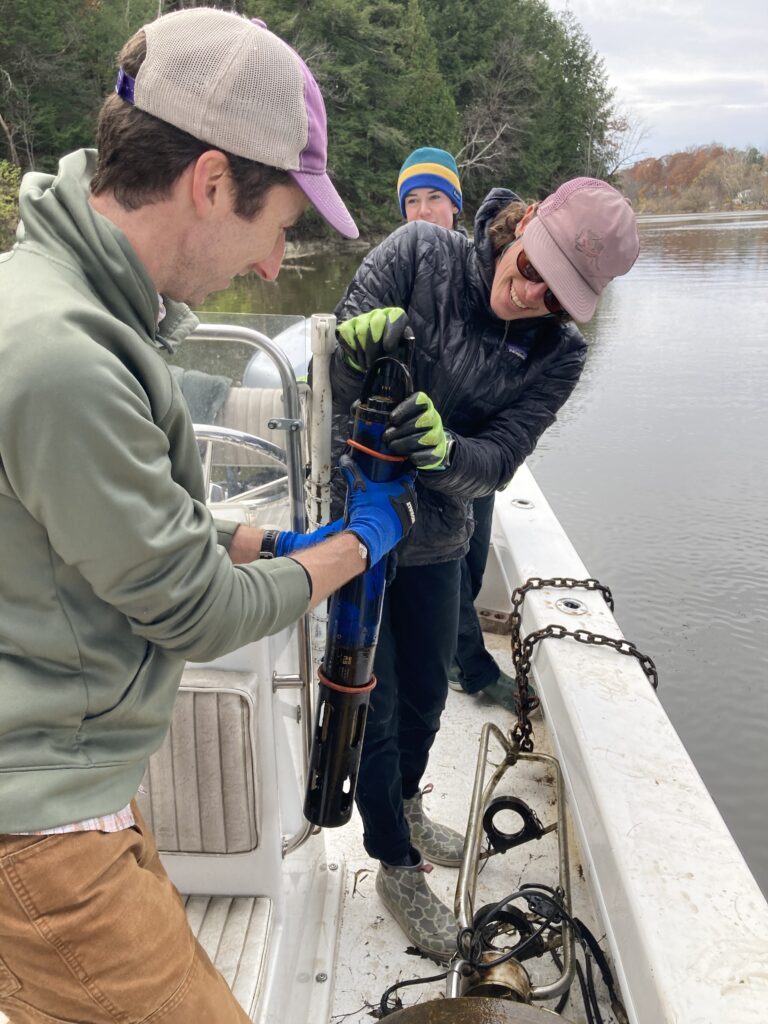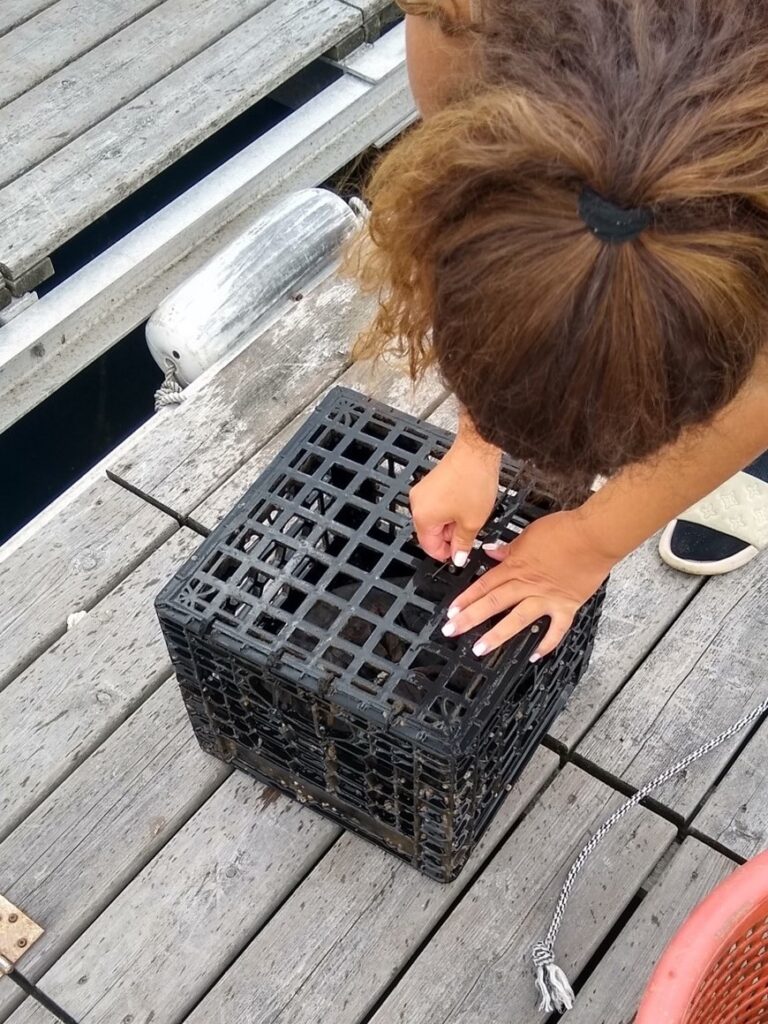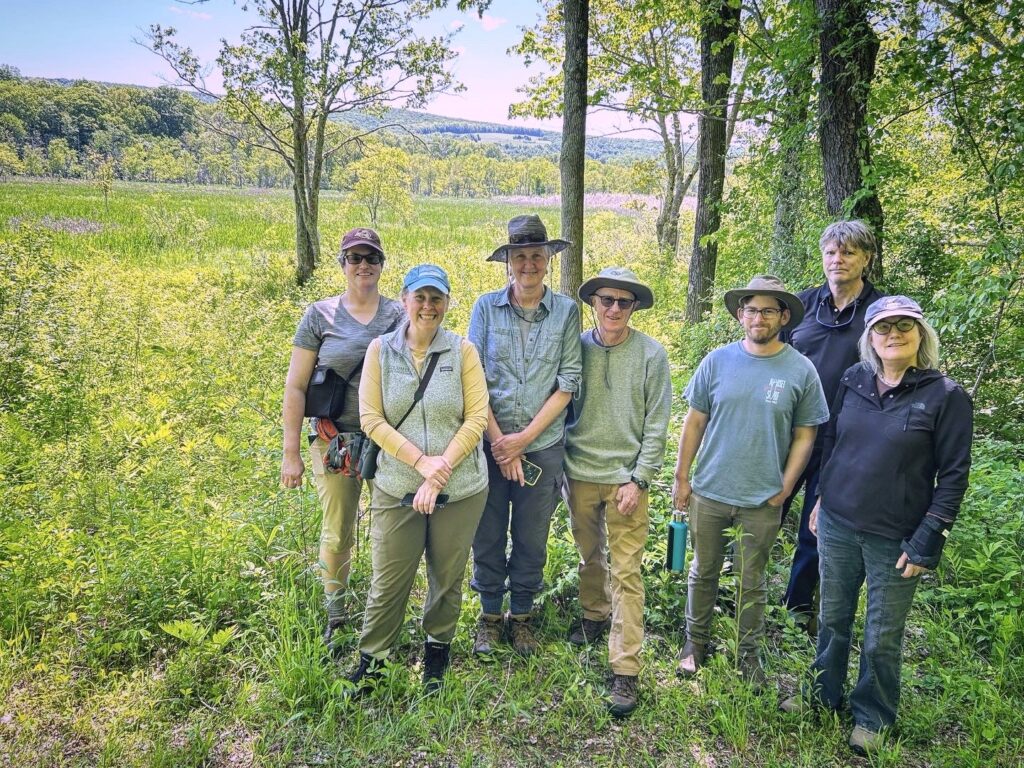By Emily Bialowas and Cheyenne Ellis
Every year, NEIWPCC funds numerous projects across its partner programs, including the Long Island Sound Study (LISS), the Hudson River Estuary Program (HREP), and the Lake Champlain Basin Program (LCBP). The U.S. Environmental Protection Agency (EPA) is the source of a significant portion of this funding, which therefore requires NEIWPCC to meet specific quality assurance standards.
NEIWPCC’s Quality Program began in 2001, backed by an EPA-approved Quality Management Plan. This plan encompasses all aspects of NEIWPCC’s work including hiring, data storage, procurement and quality assurance of projects. Every five years, NEIWPCC staff review and update this plan and submit it to the EPA for approval.
Following the EPA’s directive, the funded partners – in conjunction with the NEIWPCC manager – must develop a Quality Assurance Project Plan (QAPP) for any study that collects or uses data for the purpose of environmental decision making. These individualized plans provide information on the data being collected, the protocols and instruments used, who is involved and their qualifications, and how records are kept throughout the process. Projects are only able to use NEIWPCC funds if they have an approved QAPP.
Long-Term Monitoring in Lake Champlain
The Lake Champlain Basin Program maintains a long-term data collection of water quality and biological data. This research dates back to 1992 and has assembled a range of chemical and biological measurements almost every year since then. The QAPP for this project is updated every three years to ensure that the methods allow for accurate data compatible with previous records.
“The strength of this program lies in its longevity and consistency,” said NEIWPCC Environmental Analyst Matthew Vaughan, who is the chief scientist at the LCBP. “The core methodologies have remained largely unchanged throughout the project’s duration.”
From April to October, NEIWPCC staff from the LCBP, including Environmental Analyst Kelsey Colbert, regularly visit the lake’s 15 monitoring stations to collect vital data about the water quality. Colbert brings the QAPP for this project with her every time she goes out to ensure the process follows the plan as written. The QAPP also contains information about the equipment to use and the protocols for collection. The measurements taken for this study include temperature, oxygen, conductivity, turbidity and pH. Other tests are performed to gain biological data about the lake, including the presence of zebra mussels and cyanobacteria blooms.

The staff perform yearly field assessments on the process, which entails reviewing whether the QAPP is being followed and if there are any deviations from the plan. The QAPP outlines the high level of scientific rigor for these measurements, allowing the data to be used for significant decision-making, such as the New York and Vermont total maximum daily load regulations for phosphorus, and the determination of trends in nutrient and sediment loads. The data has also documented the impact of aquatic invasive species, road salt and climate change on Lake Champlain.
“The information gathered from this project has been invaluable to managing Lake Champlain and its watershed,” said Vaughan.
Researching Mussel Aquaculture in Long Island Sound

In the summer of 2023, researchers at the Long Island Sound Study (LISS) compared the effectiveness of different practices for raising Atlantic ribbed mussels. They also examined the potential of mussel aquaculture as a tool to improve water quality. The required QAPP determined if a new best management practice could be developed based on the outcomes.
The project took place at the Flax Pond Marine Laboratory in Old Field, New York, where mussels were raised in a hatchery environment. They were spawned using the bin-silo method, a quick and efficient technique that uses a silo with a mesh bottom and hot water to trigger reproductive behavior. The young mussels were then fed using algae feeding equipment, providing them with nutrients.
When large enough to leave the hatchery, the mussels were taken to the docks, where a motorized floating upweller shellfish nursery system (FLUPSY) was located. Underneath the FLUPSY platform, the juvenile mussels were stored within mesh bags contained in a larger metal cage. The motor then caused movement that drew water up through the cage. As filter feeders, the mussels derived energy from small organic particles found in water and the motion of the platform provided access to a continuous food source.
This project was one of many over the past few years to examine the practicality of nutrient bioextraction in the Long Island Sound. In this practice, growing and harvesting shellfish and seaweed is used as a strategy for removing excess nitrogen and nutrients from the water.
“The purpose of this research was to identify the best methods for hatchery-based shellfish aquaculture,” said Alex DuMont, an environmental analyst at NEIWPCC, who serves as the project manager for LISS. “Documenting effective and replicable aquaculture techniques is critical in supporting our goal of establishing a bioextraction industry within the Long Island Sound.”
If successfully implemented, nutrient bioextraction could help prevent problems created by excess nutrients, including harmful algal blooms and hypoxia (a deficiency in the amount of oxygen in the water), which are harmful to aquatic life and ecosystems.
Developing Watershed Characterizations in the Hudson River Estuary
In New York, the Hudson River Estuary Program is collaborating with the Hudson River Watershed Alliance (HWRA) to support two local group’s watershed characterization reports. This is the first step to watershed planning in the state; by gathering, organizing and summarizing existing information in a written report, including maps, water quality data, physical conditions and land use data.
Due to the nature of this project, it requires a different category of QAPP, designed for previously collected data which will be used in a new way. The QAPP outlines the data involved, the new analyses to be done, existing data on the subject and the intended end-product.
The small watersheds working on characterization reports, Sparkill Creek and the Punch Brook-Roeliff Jansen Kill, have different priorities as one is urban and the other is rural. However, the approach is the same, with data sources to be reviewed and the sections of the report to be completed, including physical characteristics, trends, land use, water quality and demographic information.

Even though all the data being used has already been collected, the groups will make future decisions for these watersheds based on the report. The QAPP is key in backing for how the data was sourced and analyzed, providing credibility for the project.
Quality Assurance Training
As NEIWPCC funds more projects, the number of QAPPs needed annually has increased significantly. Because of this, some staff members now act as quality assurance designees, which allows them to review and approve QAPPs in conjunction with the EPA. Designees are also permitted to complete field assessments.
To become a designee, staff must meet certain requirements: experience managing projects with quality assurance components, training on how to review QAPPs and at least two years of employment at NEIWPCC. Having designated staff review these plans allows additional projects to be taken on each year and enables the program to continue growing.
Additional non-designee staff attend annual training sessions on quality assurance, learning how it works and why it is of such importance to NEIWPCC’s mission of advancing clean water in the Northeast.
This article was originally published in the Fall 2024 edition of Interstate Waters magazine. Emily Bialowas is an environmental analyst with NEIWPCC’s Division of Water Resource Protection and is the Quality Assurance Program manager. Cheyenne Ellis is an information officer with NEIWPCC’s Division of Communications and Outreach.